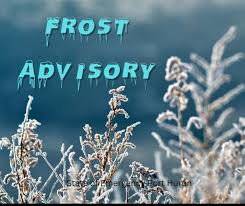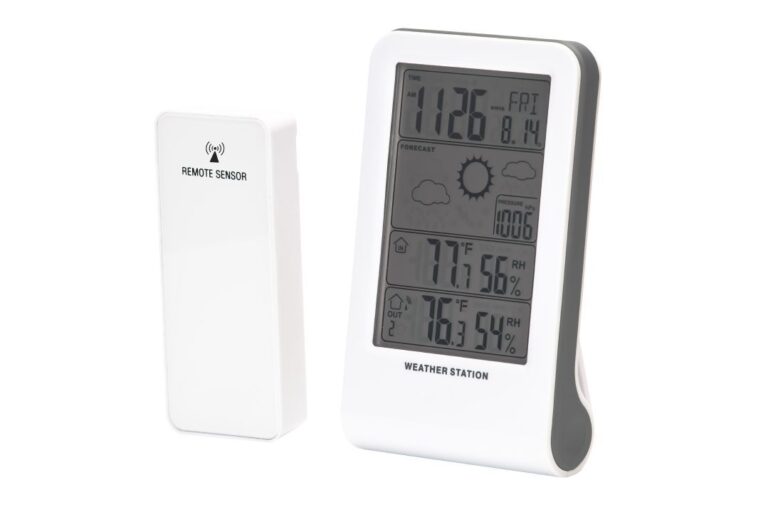
Introduction
As the winter season approaches, frost advisories become an important topic for Canadians. These alerts serve to warn the public about potential frost conditions that can have significant consequences on agriculture, gardening, and even health. With weather patterns increasingly erratic, it’s essential for residents to stay informed about frost advisories to protect their crops and prepare for colder temperatures.
What is a Frost Advisory?
A frost advisory is issued by Environment Canada when temperatures are expected to drop near or below freezing, leading to frost formation. This typically occurs during the night and early morning hours when temperatures are at their lowest. Understanding the conditions that lead to a frost advisory can help individuals take necessary precautions to safeguard their outdoor plants and sensitive crops.
Current Conditions and Impact
As of mid-October 2023, parts of Southern Ontario and Eastern Canada are under a frost advisory due to a cold front moving through the region. Weather experts anticipate that temperatures could dip as low as -2°C, particularly in rural areas where temperatures are often cooler. This advisory is particularly crucial for farmers and gardeners, as even a light frost can damage or kill plants that are not frost-resistant.
In rural communities, farmers are advised to cover sensitive crops or harvest them in advance to minimize losses. Home gardeners are also encouraged to monitor local weather reports and take action against frost, such as bringing potted plants indoors or using row covers for garden beds.
Health Considerations
Frost advisories are not only about protecting plants; they also relate to the health of individuals. Those who are susceptible to cold temperatures, including the elderly and individuals with respiratory conditions, should take extra caution. It’s advised to dress warmly and avoid prolonged exposure to the cold, especially during the advised overnight hours.
Conclusion
Frost advisories are significant alerts that should not be overlooked, as they affect both agriculture and personal well-being. As weather patterns shift, these advisories play a critical role in helping Canadians prepare for winter weather. Looking ahead, experts predict that with climate change, the frequency and timing of frost advisories may continue to evolve, highlighting the necessity for residents to stay informed and adaptable. Keeping an eye on weather updates and understanding the implications of frost can help mitigate its impacts.






